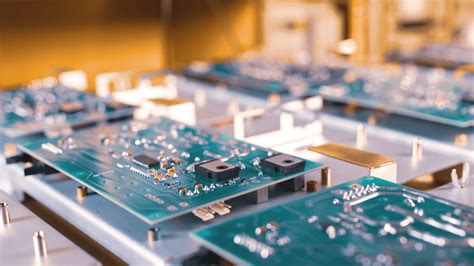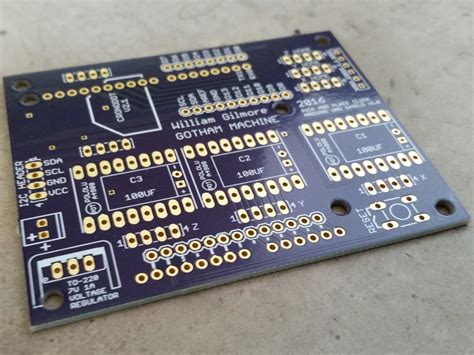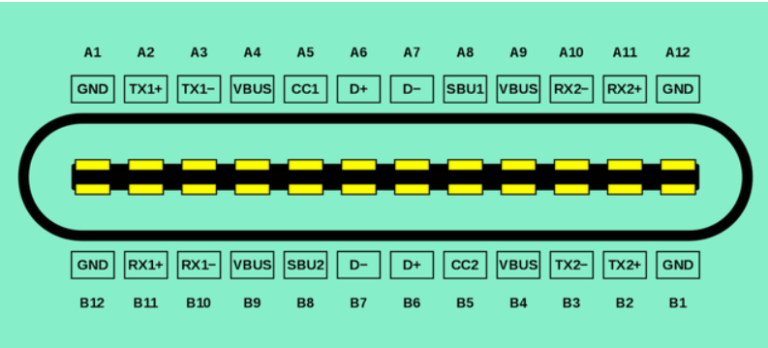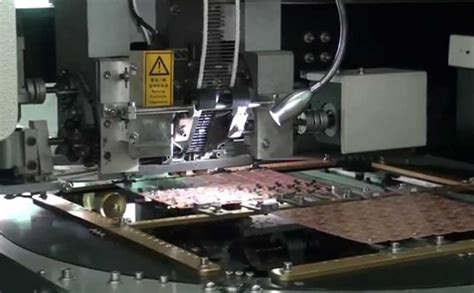Pcb manufacturing kit
Essential Tools Included in a PCB Manufacturing Kit
A PCB manufacturing kit is an essential resource for both hobbyists and professionals in the electronics field, providing the necessary tools to design and fabricate printed circuit boards. These kits are meticulously curated to include a variety of tools that facilitate the entire process of PCB creation, from initial design to final assembly. Understanding the components of a PCB manufacturing kit is crucial for anyone looking to delve into the world of electronics, as each tool plays a pivotal role in ensuring the successful production of a functional circuit board.
To begin with, a PCB manufacturing kit typically includes a set of design tools, often in the form of software, which allows users to create detailed schematics and layouts.
This software is indispensable for translating conceptual designs into precise, workable plans. It often features libraries of components, enabling users to simulate circuits and verify their functionality before moving on to physical production. The ability to visualize and test designs virtually reduces the risk of errors and enhances the efficiency of the manufacturing process.
Transitioning from design to fabrication, the kit usually contains materials for creating the physical board.
This includes copper-clad boards, which serve as the substrate for the circuit. These boards are coated with a layer of copper that will eventually form the conductive pathways of the circuit. Alongside these boards, the kit often provides etching solutions or etching machines, which are used to remove excess copper, leaving behind the desired circuit pattern. This step is critical, as it transforms the digital design into a tangible, functional component.
Furthermore, a PCB manufacturing kit often includes a variety of drilling tools.
These are essential for creating holes in the board for component leads and vias, which are necessary for establishing electrical connections between different layers of the board. Precision is key in this stage, as any misalignment can lead to faulty connections and compromised circuit integrity. Therefore, high-quality drill bits and a reliable drilling machine are indispensable components of the kit.
In addition to these, soldering tools are a fundamental part of any PCB manufacturing kit.
Soldering irons, solder wire, and flux are used to attach electronic components to the board, ensuring secure and conductive connections. The soldering process requires a steady hand and attention to detail, as improper soldering can lead to short circuits or component damage. Therefore, many kits also include soldering aids such as tweezers and magnifying glasses to assist in the precise placement and attachment of components.
Finally, testing and inspection tools are crucial for verifying the functionality of the completed PCB.
Multimeters and oscilloscopes are commonly included in these kits, allowing users to measure voltage, current, and signal integrity across the board. These tools help identify any issues that may have arisen during the manufacturing process, enabling users to make necessary adjustments before the board is put into use.
In conclusion, a PCB manufacturing kit is a comprehensive collection of tools that supports the entire process of circuit board creation. From design software to fabrication materials, drilling equipment, soldering tools, and testing devices, each component plays a vital role in ensuring the successful production of a PCB. By understanding and utilizing these tools effectively, users can achieve high-quality results and bring their electronic projects to life.
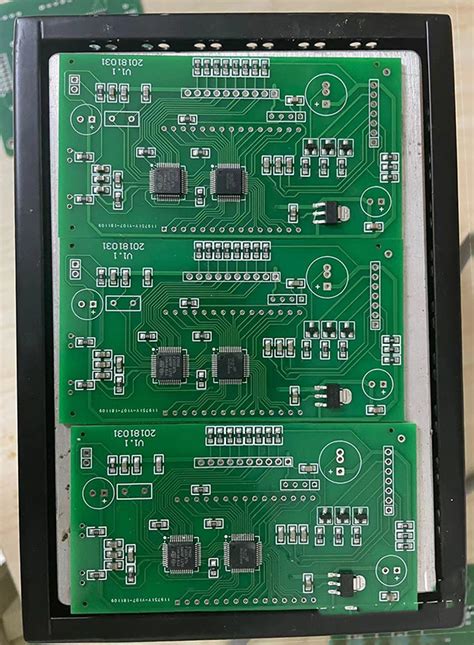
Step-by-Step Guide to Using a PCB Manufacturing Kit
Printed Circuit Boards (PCBs) are the backbone of modern electronic devices, serving as the foundation upon which electronic components are mounted and interconnected. For hobbyists and professionals alike, a PCB manufacturing kit offers a convenient and efficient way to design and produce custom PCBs. This guide provides a comprehensive overview of the steps involved in using a PCB manufacturing kit, ensuring a seamless transition from concept to creation.
To begin with, it is essential to understand the components included in a typical PCB manufacturing kit.
These kits generally contain a blank copper-clad board, etching solution, a resist pen or film, and various tools for drilling and cutting. Some advanced kits may also include software for designing the PCB layout. With these tools at hand, the first step is to design the circuit. This involves creating a schematic diagram that outlines the connections between different electronic components. Software tools can greatly aid in this process, allowing for precise and error-free designs.
Once the schematic is complete, the next step is to transfer the design onto the copper-clad board.
This can be achieved using a resist pen to manually draw the circuit layout or by employing a transfer film for more complex designs. The resist material serves as a protective barrier during the etching process, ensuring that only the desired copper traces remain on the board. It is crucial to ensure that the design is accurately transferred, as any errors at this stage can lead to malfunctioning circuits.
Following the transfer of the design, the board is ready for the etching process.
This involves submerging the board in an etching solution, typically ferric chloride, which dissolves the unprotected copper areas. It is important to handle the etching solution with care, as it is a corrosive substance. The duration of the etching process can vary, but it generally takes between 10 to 30 minutes. During this time, it is advisable to gently agitate the solution to ensure even etching. Once the unwanted copper is removed, the board should be thoroughly rinsed with water to halt the etching process.
After etching, the next step is to drill holes for component leads.
This requires precision, as the holes must align perfectly with the component layout. A small drill press or a handheld drill with a fine bit is typically used for this purpose. Care should be taken to avoid damaging the copper traces during drilling. Once the holes are drilled, the board is ready for component placement.
The final stage involves soldering the components onto the board.
This requires a steady hand and a good quality soldering iron. Each component lead is inserted into its respective hole and soldered to the copper pad on the opposite side. It is important to ensure that all connections are secure and that there are no solder bridges between adjacent traces, as these can cause short circuits.
In conclusion, using a PCB manufacturing kit involves a series of methodical steps, each requiring attention to detail and precision. From designing the circuit to soldering the final components, each stage is crucial in ensuring the functionality and reliability of the finished PCB. By following this guide, users can effectively harness the capabilities of a PCB manufacturing kit to bring their electronic projects to life.

Top Benefits of Investing in a PCB Manufacturing Kit
Investing in a PCB manufacturing kit offers numerous advantages for both hobbyists and professionals in the electronics industry. As technology continues to advance, the demand for custom and efficient electronic solutions grows, making the ability to design and produce printed circuit boards (PCBs) increasingly valuable. One of the primary benefits of owning a PCB manufacturing kit is the empowerment it provides to create custom PCBs tailored to specific needs. This capability is particularly beneficial for engineers and designers who require unique solutions that are not readily available in the market. By having the tools to design and produce PCBs in-house, individuals and companies can significantly reduce the time and cost associated with outsourcing these tasks to third-party manufacturers.
Moreover, a PCB manufacturing kit enhances the prototyping process, allowing for rapid iteration and testing of designs.
This is crucial in the development phase of electronic products, where quick feedback and adjustments can lead to more efficient and effective solutions. The ability to produce prototypes on-demand accelerates the innovation cycle, enabling designers to experiment with different configurations and components without the delays typically associated with external manufacturing services. Consequently, this leads to a more streamlined development process, ultimately resulting in faster time-to-market for new products.
In addition to speeding up the development process, investing in a PCB manufacturing kit can lead to significant cost savings over time.
While the initial investment may seem substantial, the long-term benefits often outweigh the upfront costs. By eliminating the need to rely on external manufacturers for small production runs or prototypes, companies can save on the expenses associated with shipping, handling, and production fees. Furthermore, having the capability to produce PCBs in-house allows for better control over the quality and consistency of the final product, reducing the risk of defects and ensuring that the end product meets the desired specifications.
Another notable advantage of owning a PCB manufacturing kit is the opportunity for skill development and knowledge expansion.
For individuals new to electronics or those looking to deepen their understanding, working with a PCB manufacturing kit provides hands-on experience in designing and fabricating circuit boards. This practical experience is invaluable, as it not only enhances technical skills but also fosters a deeper understanding of the intricacies involved in PCB design and production. As a result, individuals become more proficient in troubleshooting and optimizing electronic designs, which can be a significant asset in both personal projects and professional endeavors.

Furthermore, the flexibility offered by a PCB manufacturing kit allows for greater creativity and innovation.
Designers are not constrained by the limitations of standard off-the-shelf PCBs, enabling them to explore unconventional designs and push the boundaries of what is possible in electronic engineering. This freedom to innovate can lead to the development of groundbreaking products and solutions that set new standards in the industry.
In conclusion, investing in a PCB manufacturing kit provides a multitude of benefits, from cost savings and faster prototyping to enhanced skill development and increased creative freedom. As the demand for custom electronic solutions continues to rise, having the capability to design and produce PCBs in-house becomes an invaluable asset. Whether for personal projects or professional applications, a PCB manufacturing kit empowers individuals and companies to take control of their electronic design processes, leading to more efficient, innovative, and successful outcomes.
Common Mistakes to Avoid When Using a PCB Manufacturing Kit
When embarking on the journey of creating printed circuit boards (PCBs) using a manufacturing kit, enthusiasts and professionals alike often encounter a series of challenges that can impede the successful completion of their projects. Understanding and avoiding common mistakes can significantly enhance the efficiency and quality of the PCB manufacturing process. One of the most frequent errors is the inadequate preparation of the workspace. A cluttered or disorganized environment can lead to misplaced components, accidental damage, or contamination of sensitive materials. Therefore, it is crucial to maintain a clean, well-organized workspace, ensuring that all necessary tools and components are readily accessible.
Another prevalent mistake involves the misinterpretation of the schematic design.
This can result in incorrect component placement or faulty connections, which may cause the circuit to malfunction. To mitigate this risk, it is advisable to thoroughly review the schematic before beginning the assembly process. Cross-referencing the design with the physical layout can help identify potential discrepancies early on. Additionally, utilizing design software that offers simulation capabilities can provide a virtual test run, highlighting any issues that need to be addressed before actual production.
Furthermore, the selection of inappropriate materials or components can compromise the functionality and durability of the PCB.
It is essential to choose components that are compatible with the intended application and environmental conditions. For instance, selecting a substrate material that cannot withstand the operating temperature of the device can lead to premature failure. Consulting datasheets and manufacturer specifications can provide valuable insights into the suitability of materials and components for specific applications.
Soldering is another critical aspect where mistakes are commonly made.
Poor soldering techniques can result in weak joints, bridging, or even damage to the co
mponents. To avoid these issues, it is important to use the correct soldering temperature and technique. Practicing on scrap boards can help refine soldering skills, ensuring that connections are secure and reliable. Additionally, using flux can improve the quality of solder joints by cleaning and preparing the surfaces for better adhesion.
Moreover, neglecting to perform thorough testing and inspection can lead to undetected faults that may manifest later in the product’s lifecycle. Implementing a systematic testing protocol, including visual inspection and electrical testing, can help identify and rectify issues before they escalate. This step is crucial in ensuring the long-term reliability and performance of the PCB.
In addition to these technical considerations, time management is an often-overlooked aspect that can impact the success of a PCB project.
Rushing through the manufacturing process can lead to oversight and errors. Allocating sufficient time for each stage of the process, from design to assembly and testing, allows for careful attention to detail and reduces the likelihood of mistakes.
In conclusion, while using a PCB manufacturing kit can be a rewarding endeavor, it requires careful attention to detail and adherence to best practices to avoid common pitfalls. By maintaining an organized workspace, accurately interpreting schematic designs, selecting appropriate materials, mastering soldering techniques, conducting thorough testing, and managing time effectively, individuals can enhance the quality and reliability of their PCBs. These strategies not only improve the immediate outcome but also contribute to the development of skills and knowledge that are invaluable in the field of electronics manufacturing.


